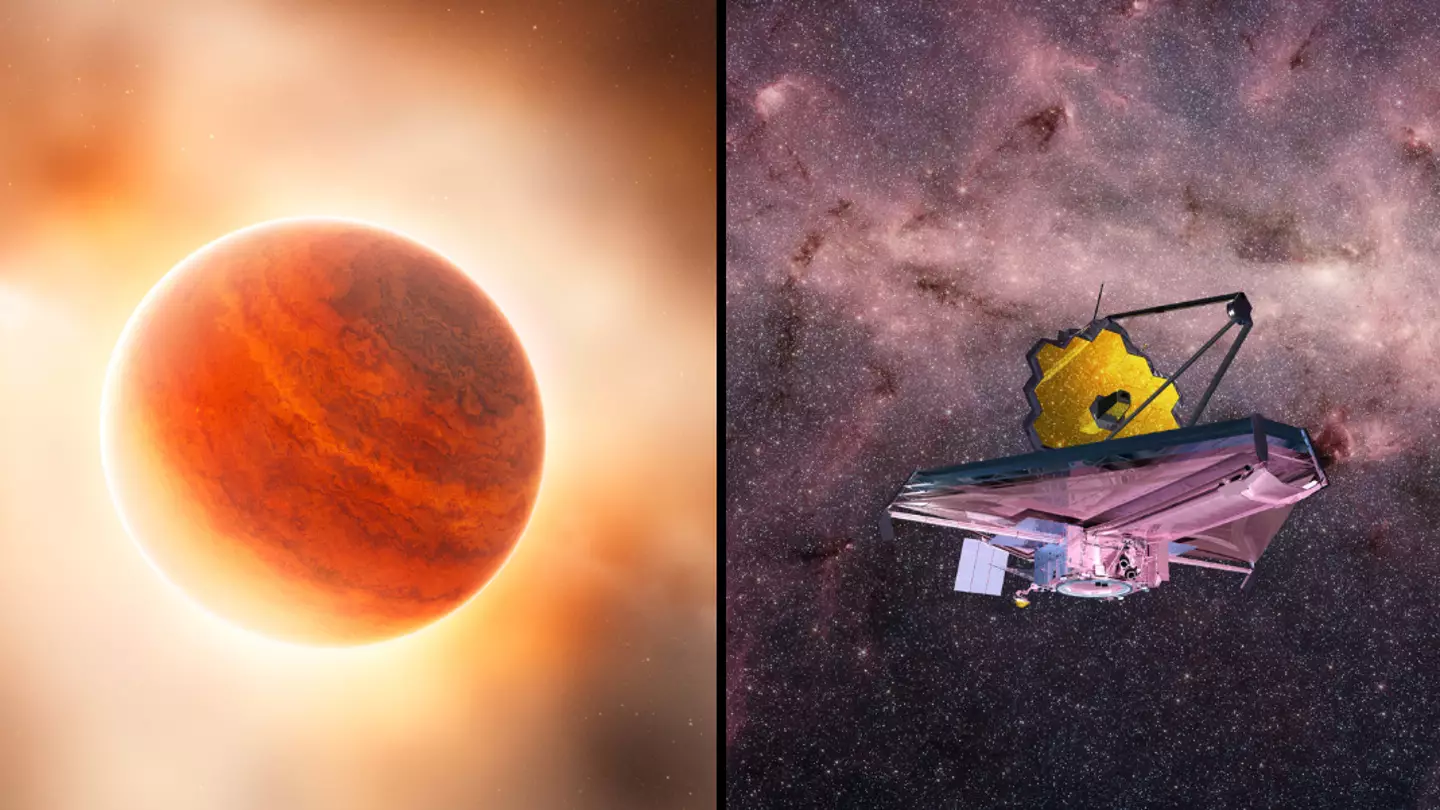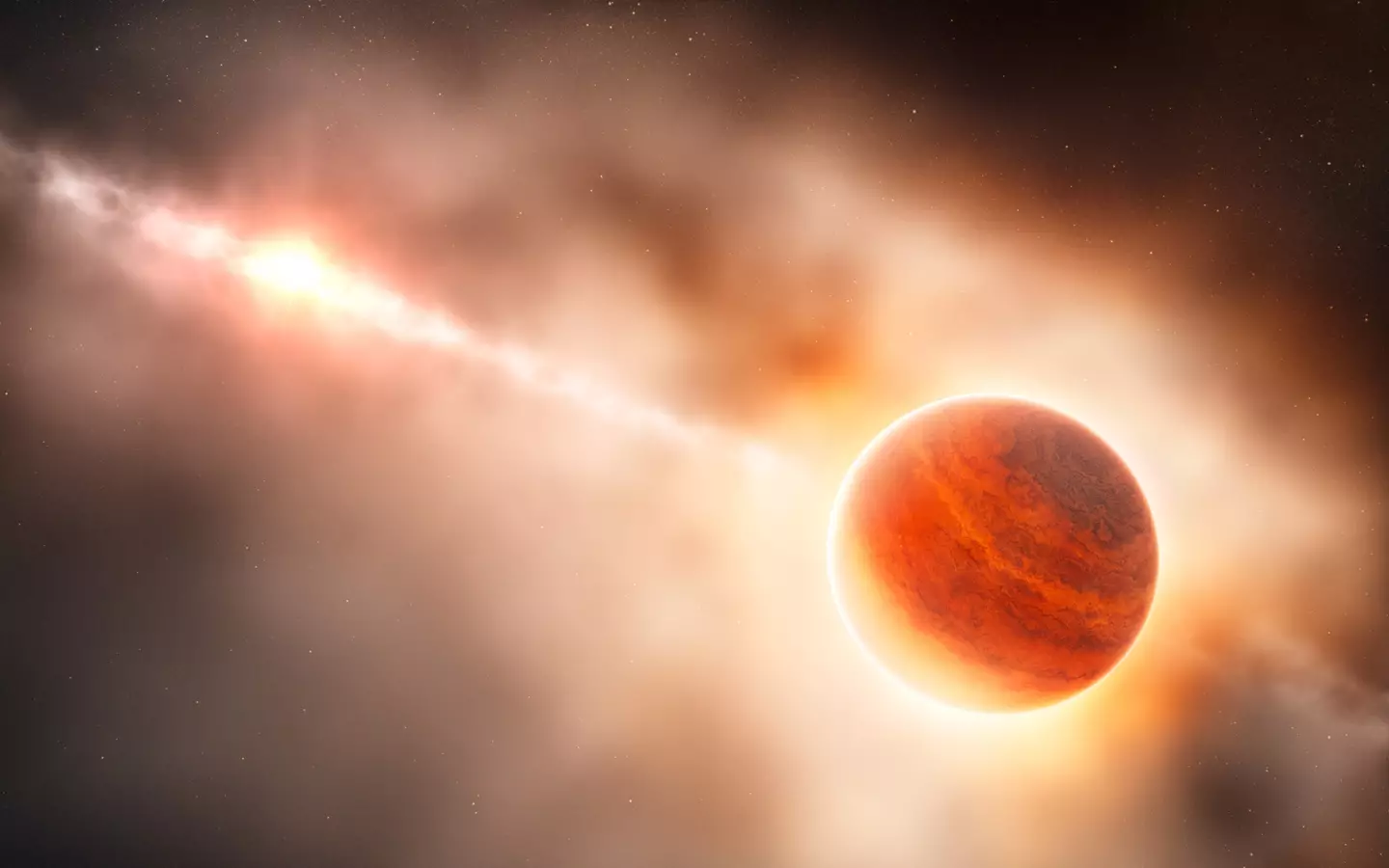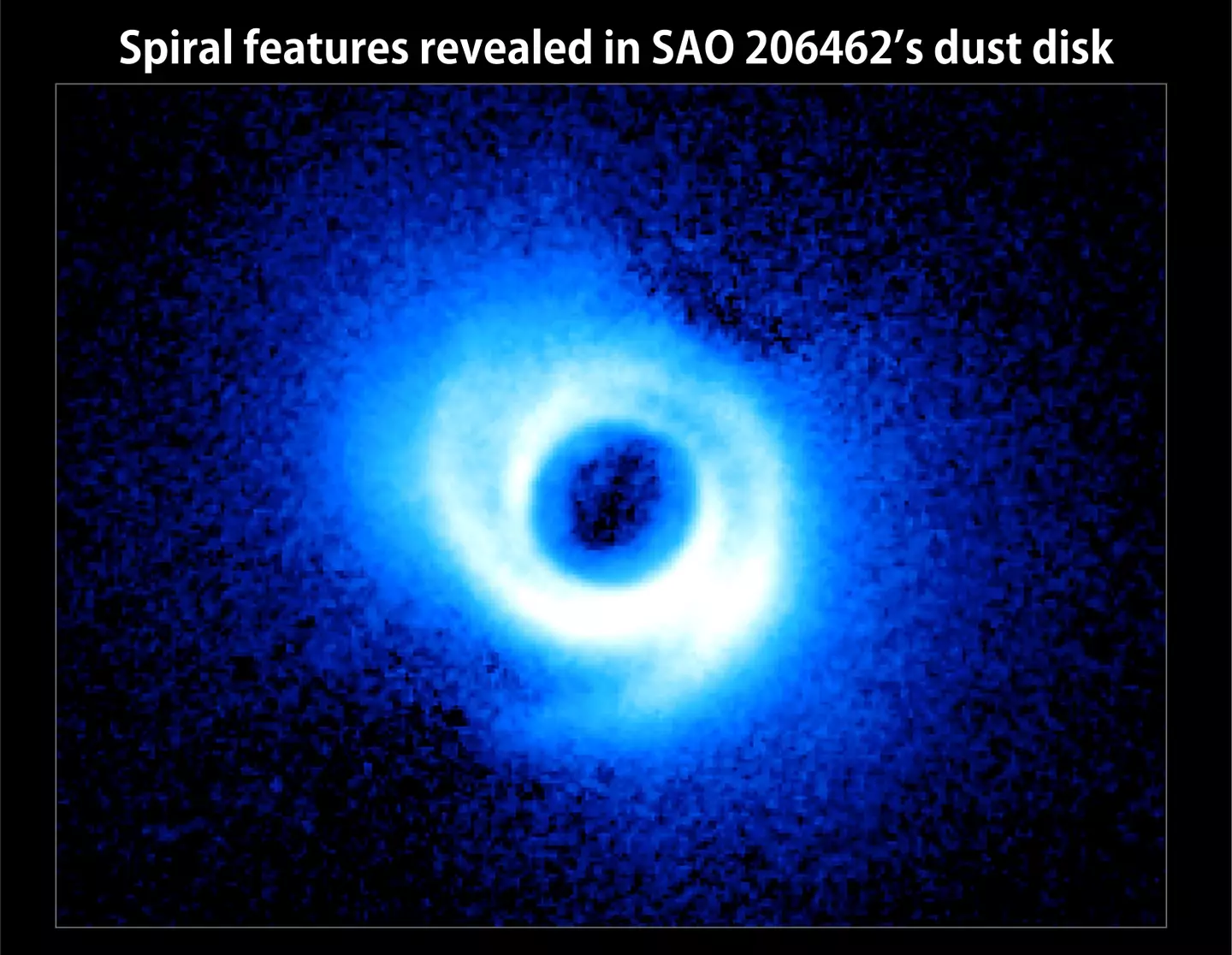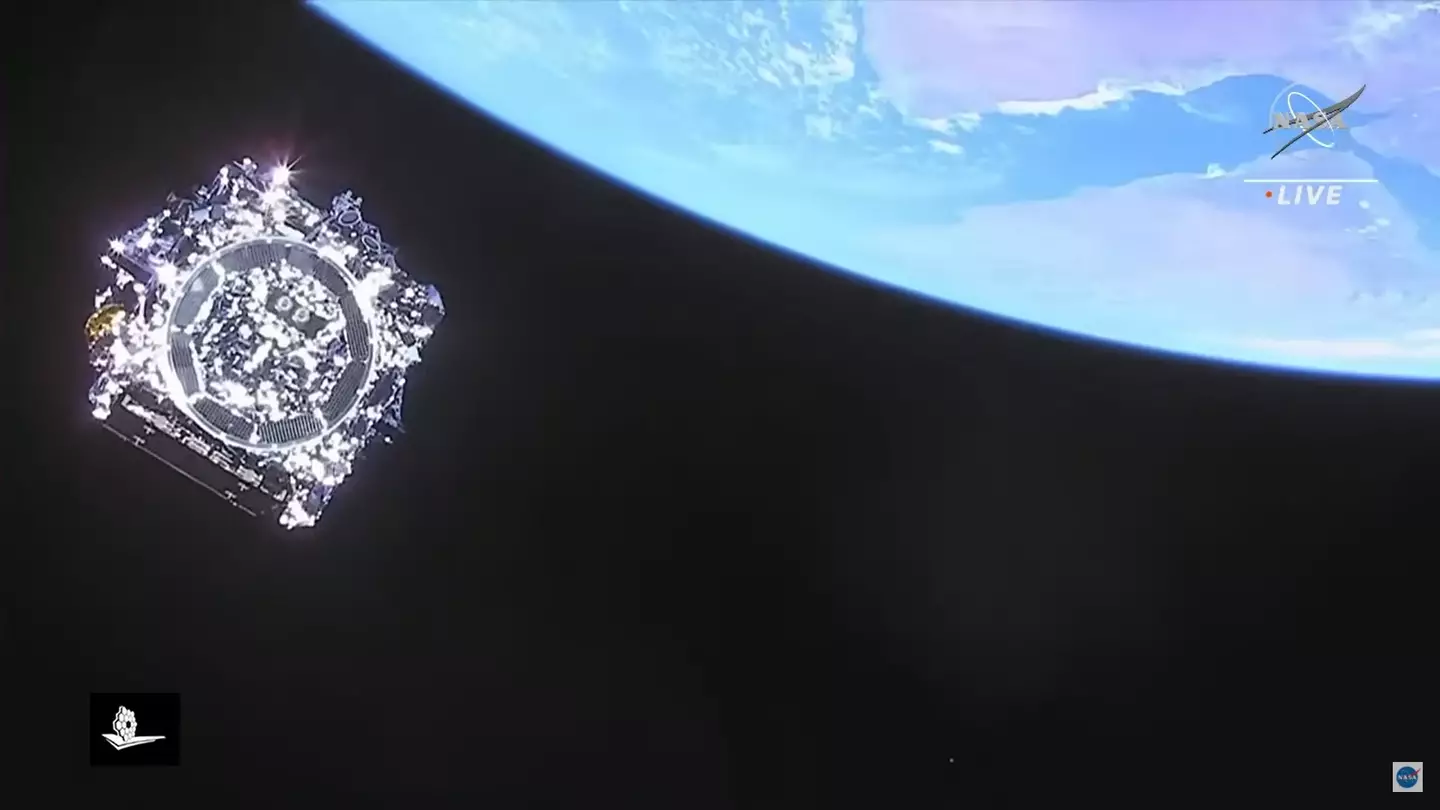
The United States' $10 billion telescope floating through deep space has discovered yet another new phenomenon - the formation of a new planet.
The hi-tech piece of equipment, named the James Webb Space Telescope, was sent in to orbit on Christmas Day 2021. In the nearly two and a half years since then it has been floating through the cosmos coming across all manner of amazing discoveries.
The satellite sends home images on a consistent basis, showing us wonders of the universe that our eyes simply cannot comprehend.
Well, another discovery by Webb is now on the books.
Advert
Studies by the University of Michigan, University of Arizona and University of Victoria have looked at images captured by Webb, which scientists now think shows the formation of brand new planet.
The incredible discovery was found by combining the power of Webb's infrared cameras with data collected by the Hubble Space Telescope and the Atacama Large Millimeter Array (ALMA).
The outcome? Finding a new planet as it is formed.

It's not a quick process, mind. Before we get a planet as we know them, the process starts out as a collection of gas and dust around a young star, known as protoplanetary disks.
Advert
Then, over millions of years, the matter is formed into what we would know as planets.
"Understanding this lifecycle is crucial, as it provides insights into the origins of our solar system and others across the cosmos," so say researchers leading on the project.
Webb found the forming planet around HL Tauri; a young star somewhat similar to our solar system's Sun. It's quite far away, mind, located in the Taurus star-forming region some 457 light-years from Earth.
And in a turn of events, the find was not what scientists thought they were going to get.

Advert
Originally they thought they were going to get a type of planet called a gas giant; planets composed mainly of hydrogen and helium, similar to Jupiter in our own solar system.
University of Michigan astronomer, Gabriele Cugno, said: "Several simulations suggest that the planet should be within the disk, massive, large, hot, and bright. But we didn't find it.
"This means that either the planet is much colder than we think, or it may be obscured by some material that prevents us from seeing it.
"What we have found is a different planet candidate, but we cannot tell with 100% certainty whether it's a planet or a faint background star or galaxy contaminating our image. Future observations will help us understand exactly what we are looking at."

Advert
Webb's infrared camera allowed Cugno and his team to detect thermal energy from the forming planet.
In the papers, published in The Astronomical Journal, the researchers pieced together previously unseen interactions between the planet-forming disk and the envelope of gas and dust surrounding the young stars at the centre of the protoplanetary disks.
The task now is to allow Webb to keep investigating when it comes to the formation of planets and how that can hopefully help humanity understand how Earth was created.
Topics: NASA, Science, Space, Technology, US News, James Webb Space Telescope